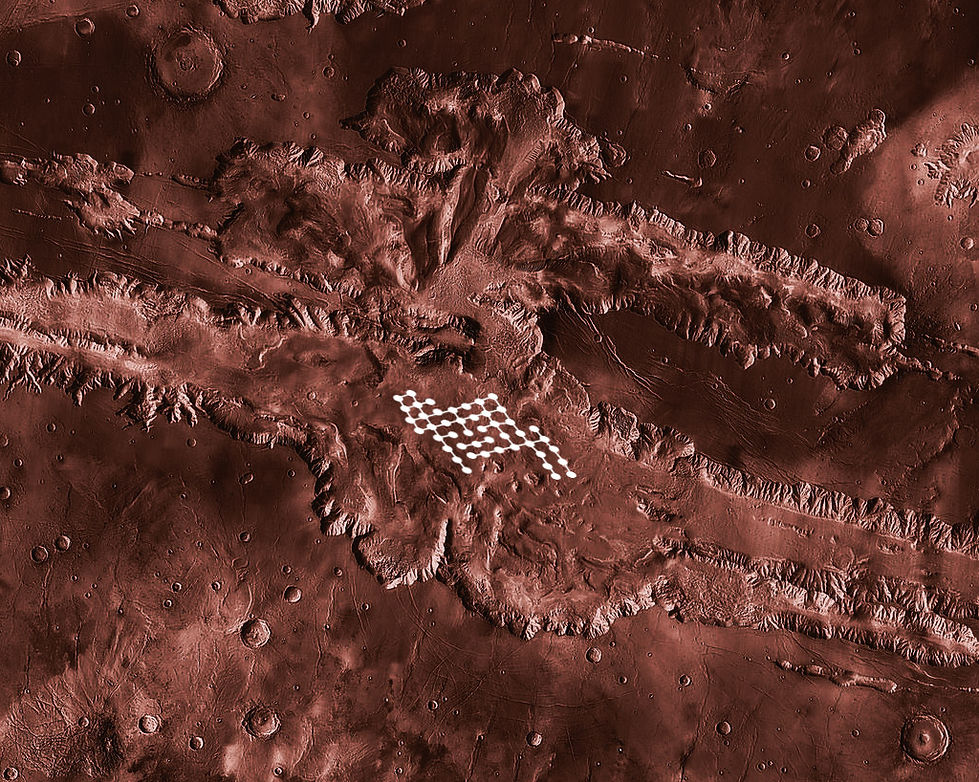Wei-Che Chiang
Architectural Designer

Marsception
Seed
INFO:
Volume Zero, Marsception 2018 competition
Site Location: Mars
Year: 2018
team of 2 project
This self-sustaining living space is designed for a group of five researchers who will explore and study Mars for potential habitation and other human necessities. In its past, Mars had natural resources that supported a sustainable ecosystem for life. The ultimate goal of this design is to create a habitat suitable for life by planting seeds that will gradually nourish the current ecosystem.
These self-sustaining seeds will utilize Mars's high-speed winds, increased solar radiation due to the thin atmosphere, and the faint water content in the soil to maintain a controlled indoor climate for the researchers. At the same time, the building will absorb certain levels of carbon dioxide, high solar radiation, and water from the soil, allowing the plants to engage in photosynthesis and produce oxygen, which will then be released into the atmosphere.
As the seeds grow and multiply over time, the ecosystem on Mars will begin to flourish.


Site: Valles Marineris
The average daytime temperature is around 32°F. In canyon terrain, the valley wind is consistent and tends to be stronger, which is ideal for generating energy. Additionally, being situated near the equator provides advantages such as stable temperatures and minimal seasonal variation.

The self-sustaining seed planted on Mars will take advantage of the high-speed winds, increased solar radiation due to the thin atmosphere, and the soil's faint water content to maintain a controlled climate indoors for the five researchers. As this process unfolds, the building will also intake certain levels of carbon dioxide, high solar radiation, and water from the soil, allowing the forest within to engage in photosynthesis and produce oxygen, which can then be released into the atmosphere. Over time, as the seeds begin to multiply, the ecosystem on Mars will expand.

